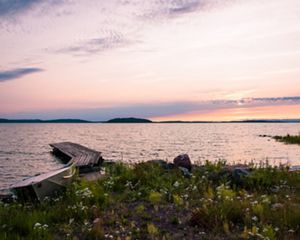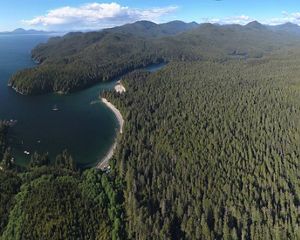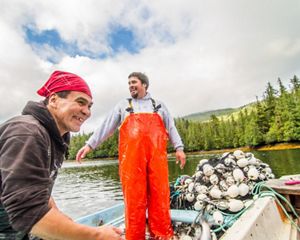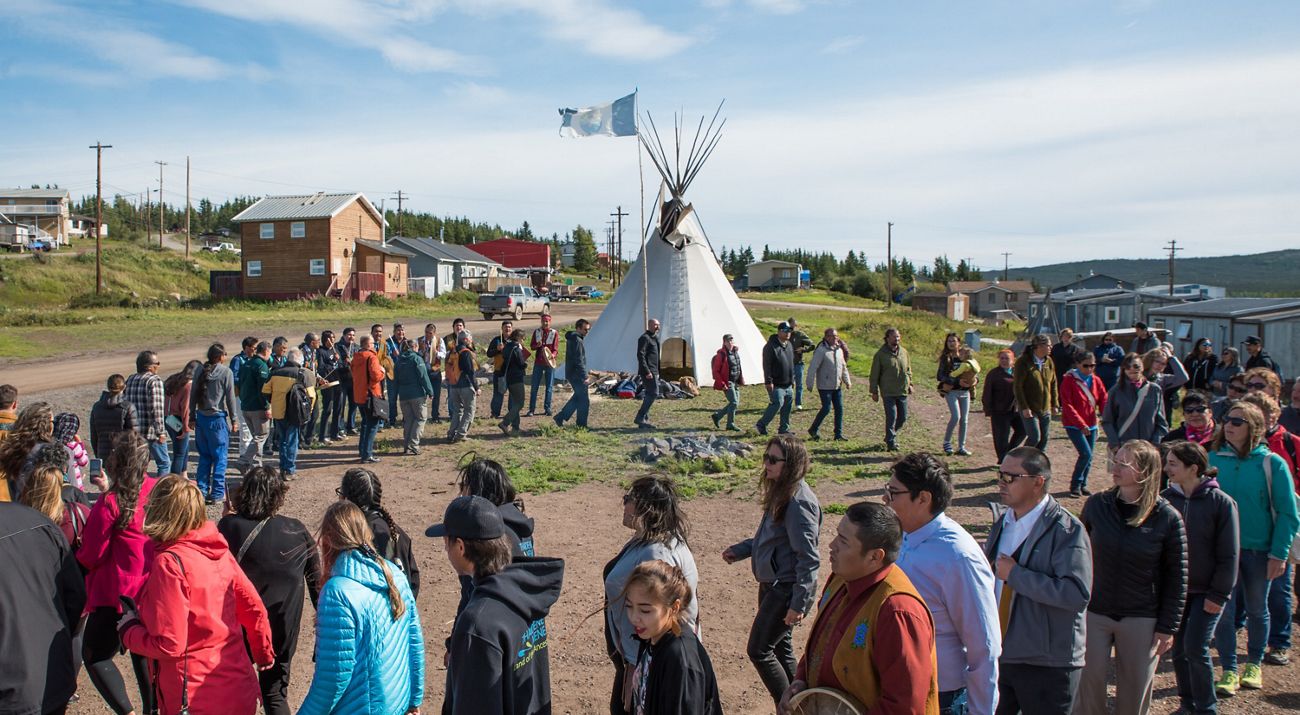
Working With Indigenous Peoples
In Canada, we prioritize Indigenous rights and authority in all of our work.
For over a decade, The Nature Conservancy and our Canadian affiliate has worked in partnership to support Indigenous-led conservation in Canada, which is defined and implemented by Indigenous communities, grounded in Indigenous values and perspectives, and often focuses on the interconnected issues of supporting vibrant communities, strong cultures, viable economies, and healthy ecosystems.
Theory of Change
If place-based Indigenous communities have the capacity and resources they need to manage the lands and waters in their territories, then conservation results will be effective, long-lasting, and supportive of social and economic well-being.
Why We Work With Indigenous Peoples
In Canada—and around the world—there is a long history of Indigenous peoples being denied the opportunity to participate in the decisions that impact their lands, waters and livelihoods.
Canada’s history of colonization disrupted generations of Indigenous communities, and tragedies like Residential Schools prevented the transfer of cultural knowledge to today’s youth. Boom-and-bust economic cycles driven by unsustainable development have challenged the well-being of communities who depend on the resources around them. And power imbalances at local, regional and national levels remain a challenge to Indigenous Nations as they assert their rights and authority to manage the lands and waters in their territories.
Quote: Claire Hutton

We are reimagining conservation by putting Indigenous rights and authority at the heart of our approach, and charting a new path that is based on listening to and partnering with Indigenous peoples.
What is Indigenous-Led Conservation?
Indigenous-led conservation is articulated, defined and implemented by Indigenous peoples, who may choose to partner with organizations like The Nature Conservancy and our Canadian affiliate, Nature United, in order to advance their goals and priorities. Working together, our shared outcomes depend on strong relationships and significant investments of time, energy, and resources from all involved. It’s an approach backed by science that contributes to the resilience of people and landscapes across Canada.
And as part of an organization that impacts conservation in more than 70 countries and territories across six continents, we contribute to a global strategy for working with Indigenous peoples and local communities. We aim to support Indigenous peoples and local communities as they strengthen their voices, choices and actions to manage natural territory in ways that improve lives and drive conservation. The Nature Conservancy is a signatory to the Conservation Initiative on Human Rights Conservation Initiative on Human Rights (CIHR).
Our Principles of Partnership
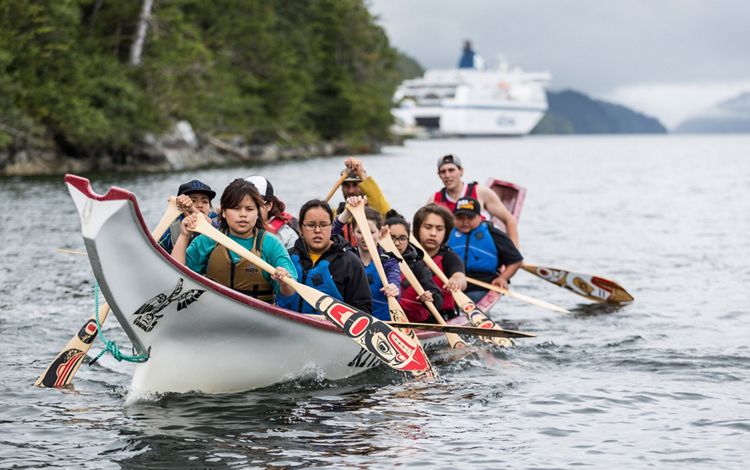
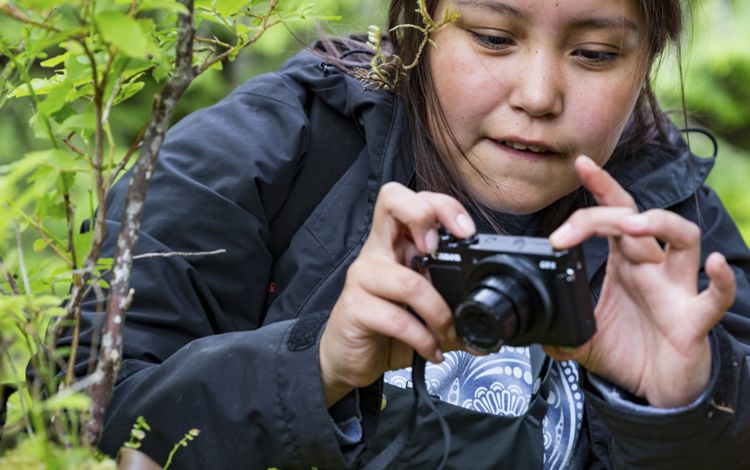
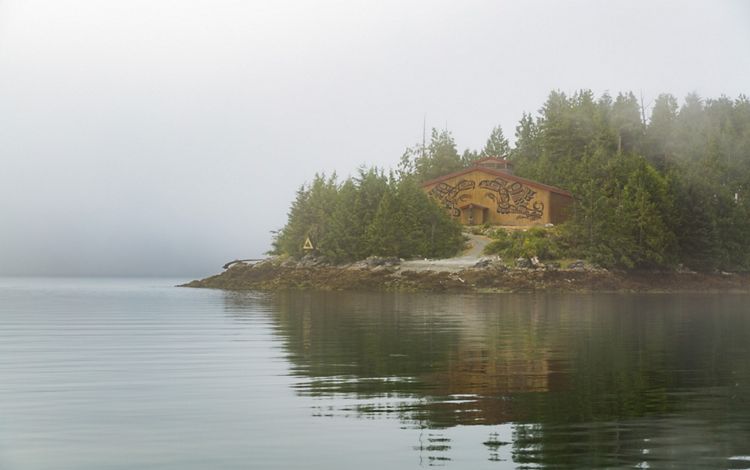

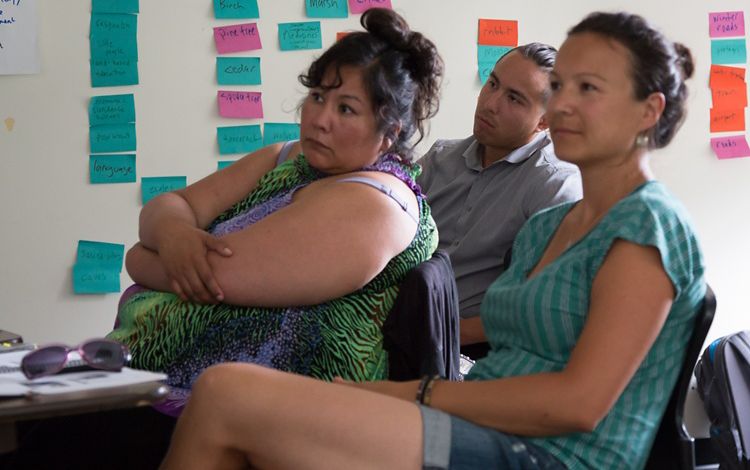
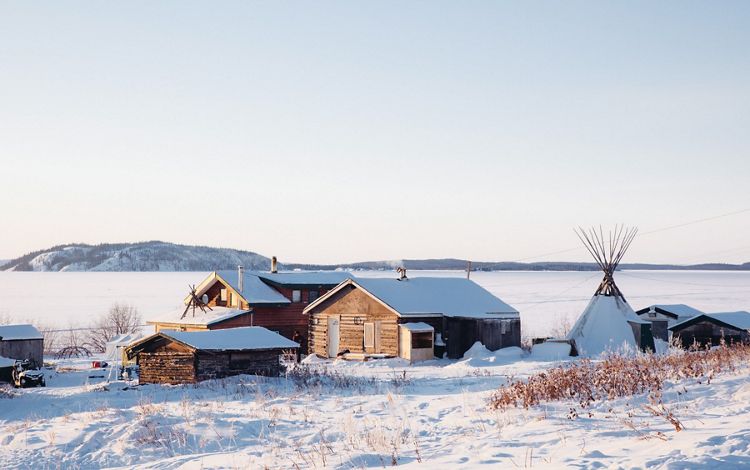
How We Work With Indigenous Peoples
Our projects and activities—conducting research, hosting gatherings, supporting networks, enabling community exchanges, etc.—focus on these four elements:
-
Strengthening Governance
Indigenous communities must have an active decision-making role on matters pertaining to their territories. Ideally, Indigenous governments and others make and implement relevant stewardship-related laws, regulations, policies and plans based on their values and Indigenous legal frameworks. Learn how co-governance helped protect 6.5 million acres.
-
Enhancing Stewardship
Indigenous communities must have local people with skills and resources to implement stewardship policies and plans, including on-the-ground stewardship managers, planners, specialists, technicians, guardians, and more. In addition, communities must develop the capacity, infrastructure and sustainable finances to support their stewardship efforts and priorities over time. Learn how Indigenous-led stewardship is helping sustain the Great Bear Rainforest.
-
Building and Sustaining Leadership
Effective governance and stewardship activities need Indigenous leaders who are connected to their culture and territories, feel knowledgable and supported, are effective and impactful, and are respected by the community and others. Learn how we're investing in future leaders by supporting community-led youth programs.
-
Supporting Local, Sustainable Economies
Indigenous-led conservation must include an economic development component (including community capacity, access to markets and entrepreneurial growth and success) that enhances cultural and ecological values while expanding opportunities for jobs and wealth creation. Learn how we're helping communities develop sustainable economies in the Emerald Edge.
Go Deeper
To learn more about our approach to working with Indigenous peoples in Canada and see examples of the conservation projects we are advancing in partnership, explore our Canadian affiliate Nature United.
